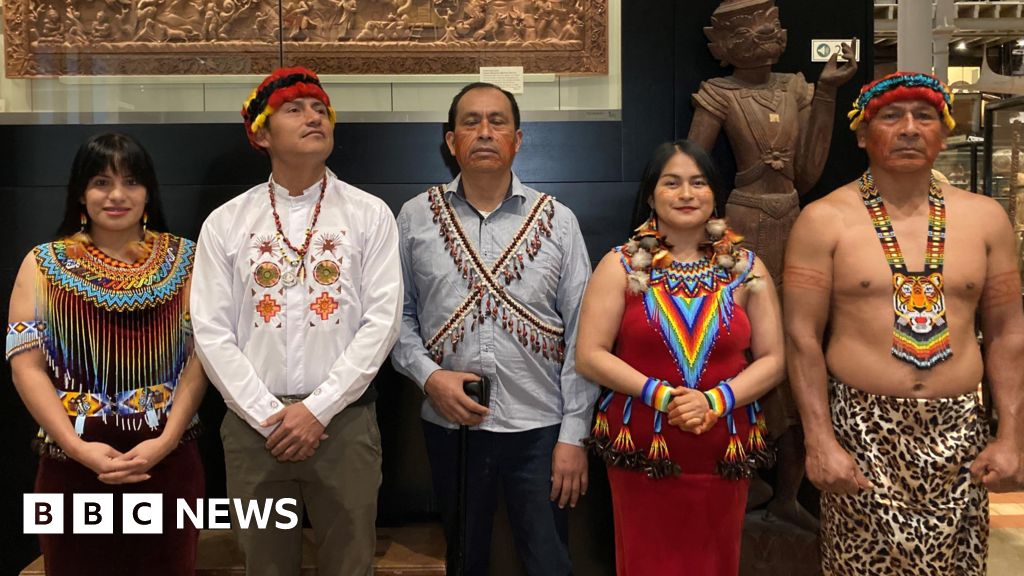Introduction to the Issue
Cultural workers from an indigenous Ecuadorian community, the Shuar people, have visited Oxford to call for the repatriation of a museum’s collection of shrunken heads. The collection, known as tsantsas, is held at the Pitt Rivers Museum and was acquired between 1884 and 1936. The Shuar people are seeking a better understanding of the artifacts and their return to Ecuador.
The History of the Tsantsas
The tsantsas are human remains that were formed from human, sloth, or monkey heads. They were sought after by collectors in the 19th and 20th centuries and were not "war trophies" as often believed. Instead, they were made to capture the power of one of the diverse souls that the Shuar and Achuar believed their men possessed. The Pitt Rivers Museum removed the tsantsas from public display in 2020 as part of a "decolonization process" after complaints from Shuar leaders.
The Shuar Delegation’s Visit
A Shuar delegation visited Oxford this week, where they were guided through the museum. A member of the Shuar community stated, "The Tsantsas are a cultural heritage of Ecuador and they should return to Ecuador." However, they also expressed a desire for people in the UK to learn about the tsantsas and their significance. Jefferson Pullaguari, who joined the delegation, said he was happy to see how his ancestors were taken care of and believed it was essential to preserve history and ultimately have the tsantsas return home.
The Museum’s Response
The director of the Pitt Rivers Museum, Prof. Dr. Laura Van Broekhoven, acknowledged that the tsantsas had previously been a popular exhibition because they stimulated the imagination. However, she recognized that the Shuar people did not want to be portrayed in a negative light and instead wanted to be included in the showcase of their culture. The museum is engaging in an ongoing dialogue with the Shuar people about the future of the tsantsas, which includes discussions about repatriation.
The Significance of Repatriation
Indigenous peoples have long protested against the public display of their ancestors’ remains. The repatriation of the tsantsas is a significant issue, as it involves the return of cultural heritage and ancestral remains to their community of origin. The Shuar people believe that the tsantsas should be returned to Ecuador, where they can be preserved and respected according to their cultural traditions. The Pitt Rivers Museum’s decision to remove the tsantsas from public display and engage in dialogue with the Shuar people is a step towards acknowledging and respecting the cultural rights and dignity of indigenous communities.

